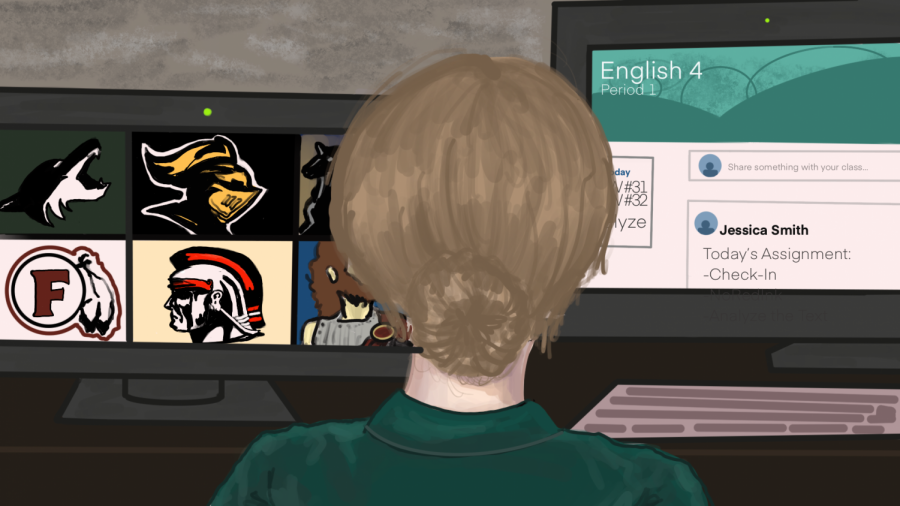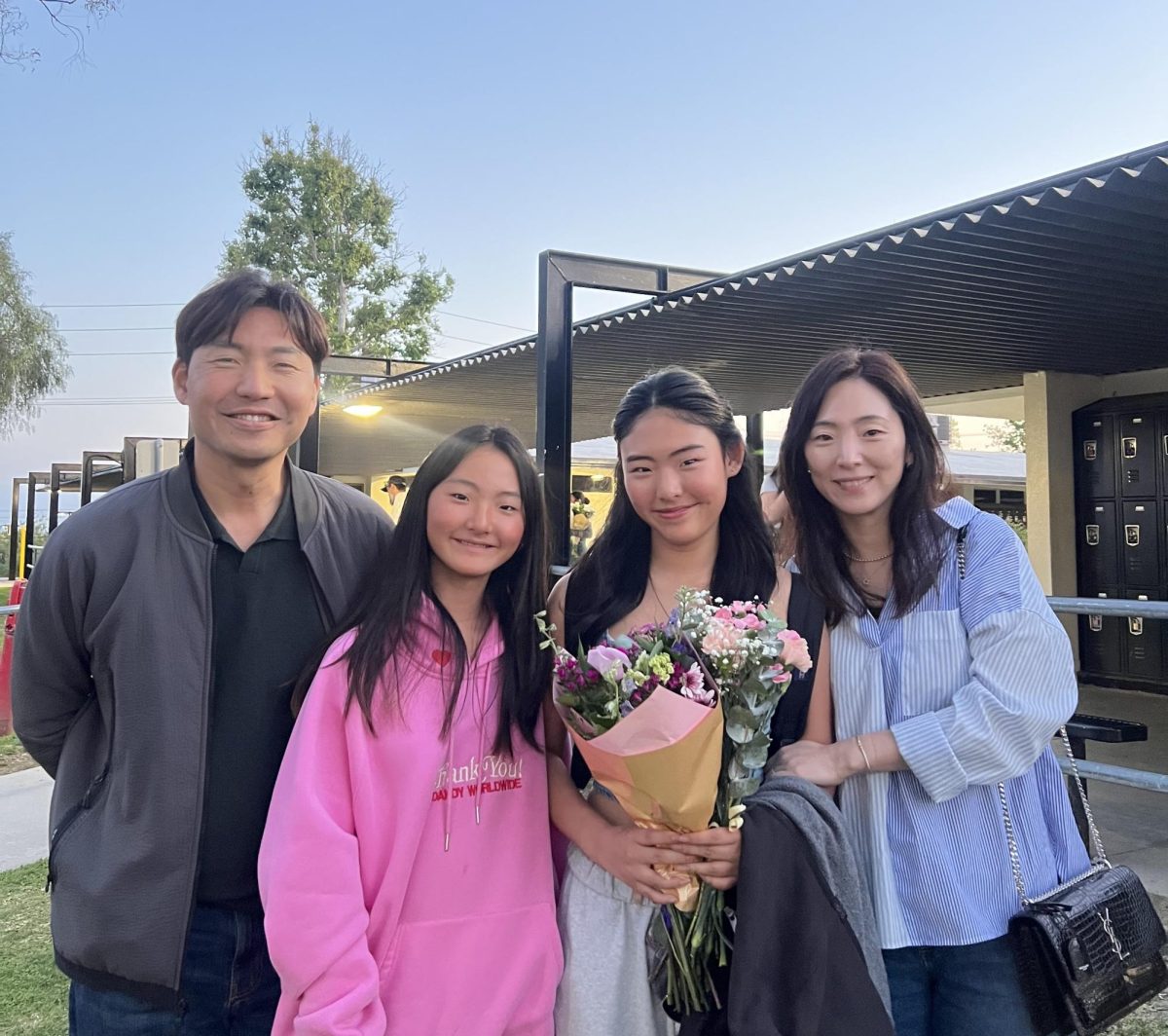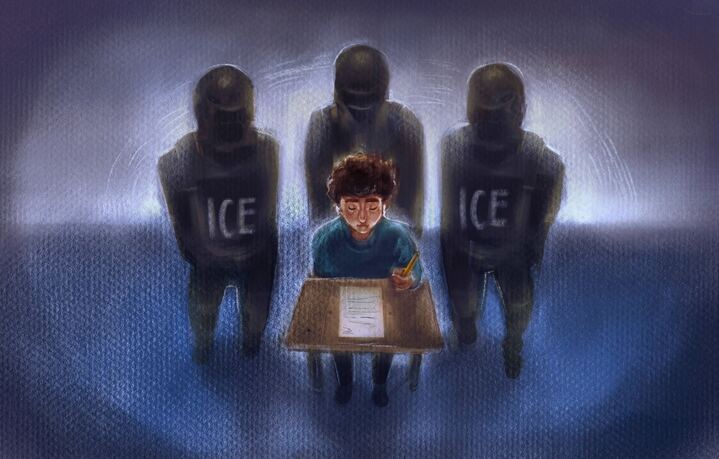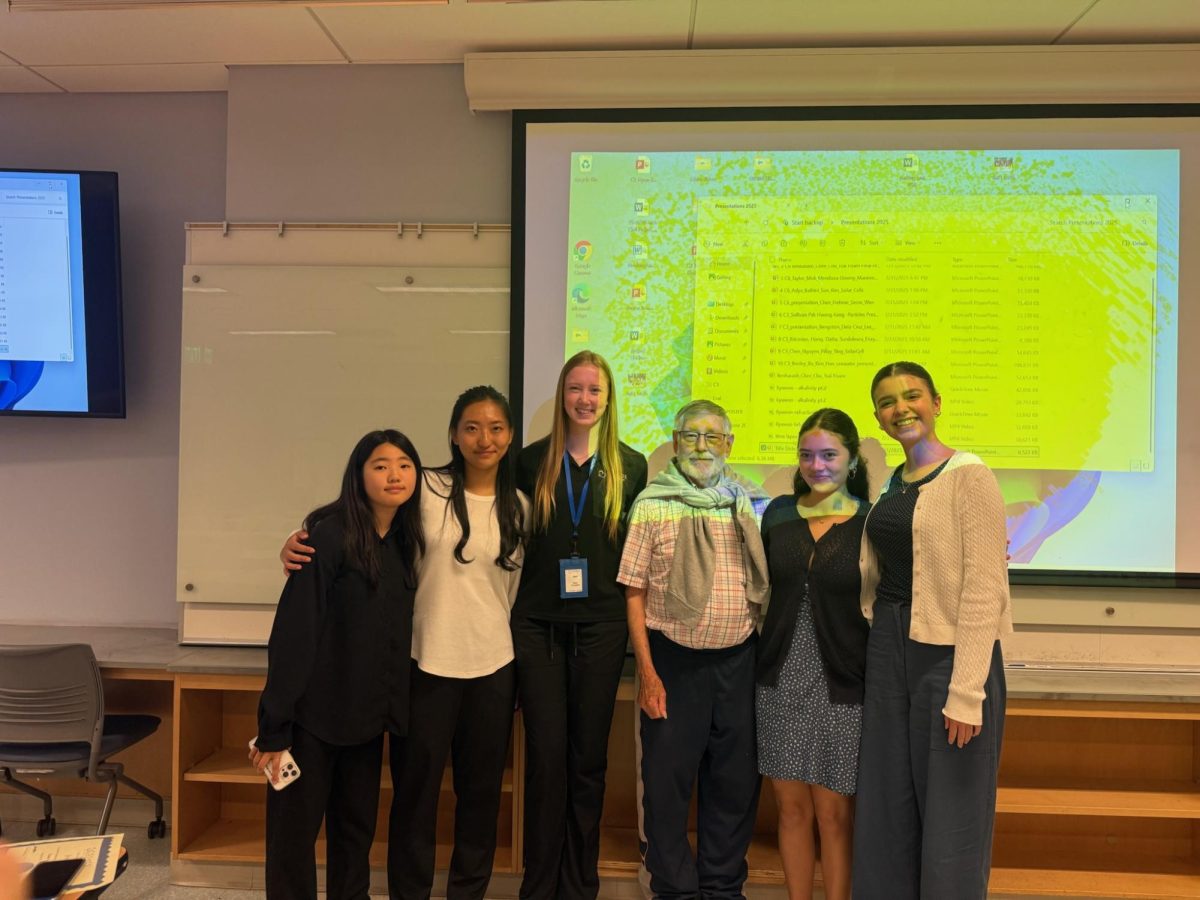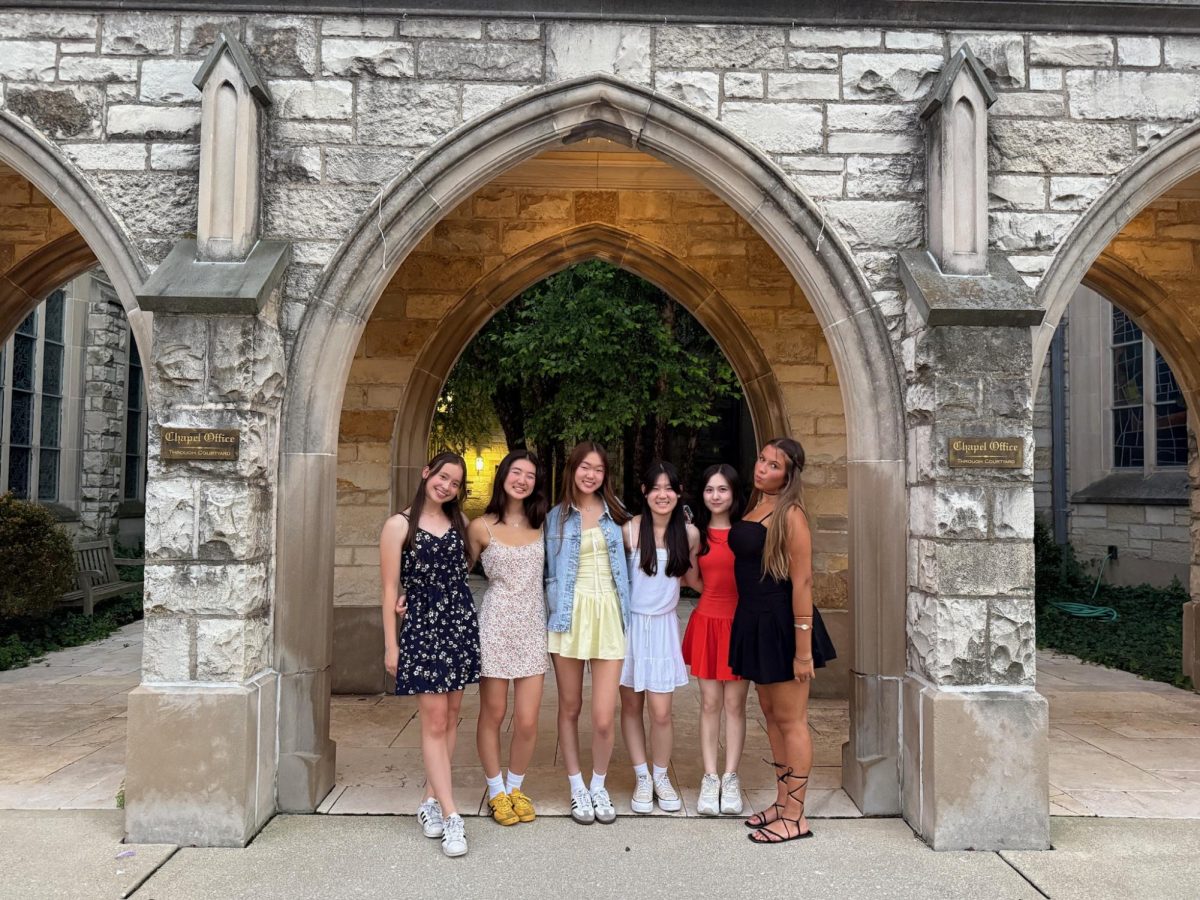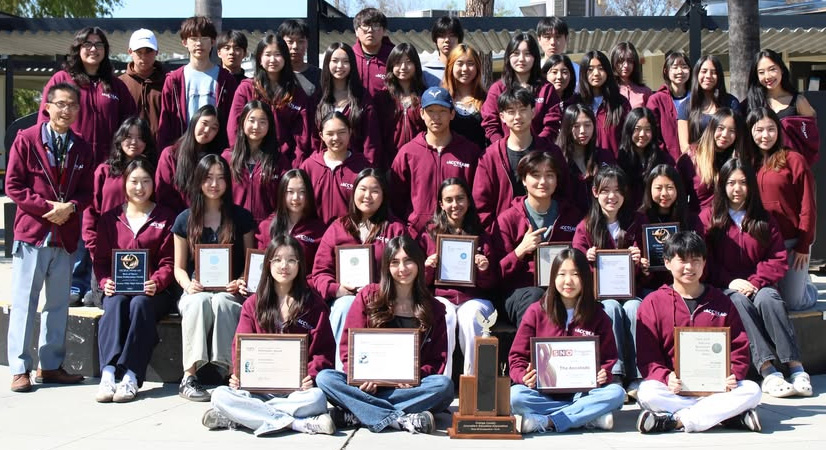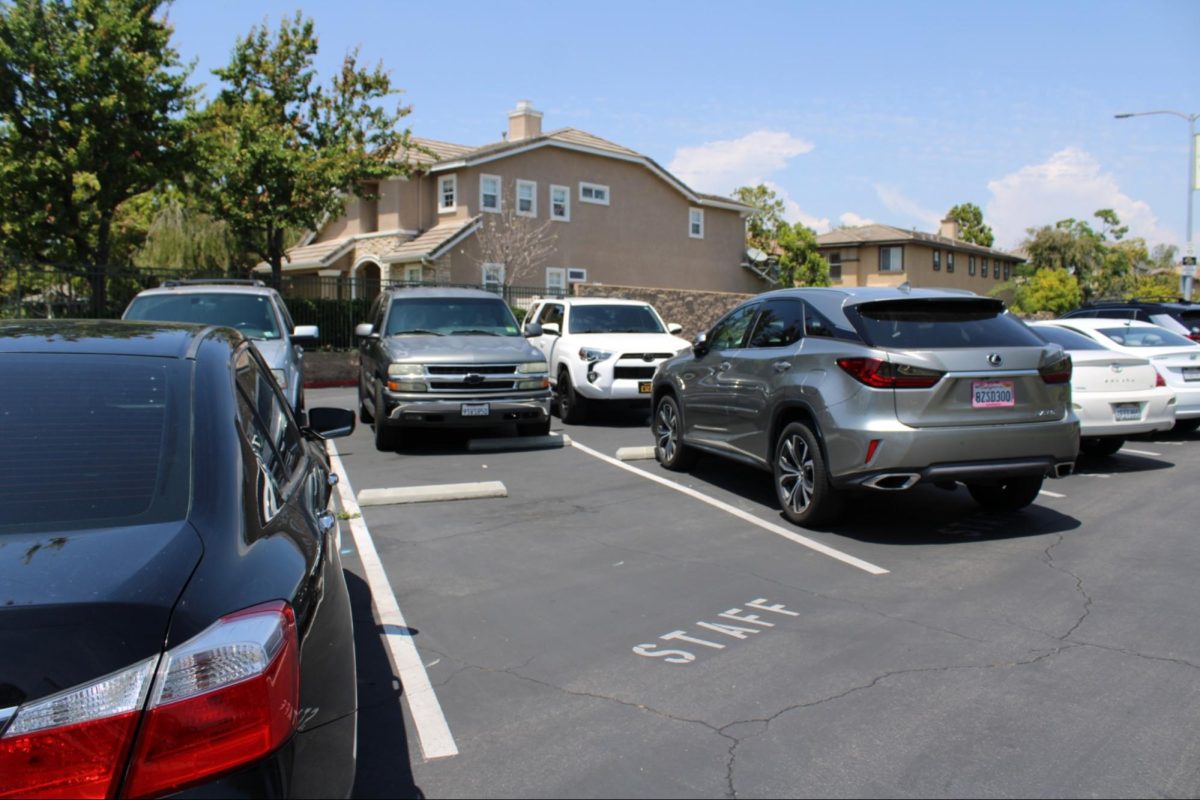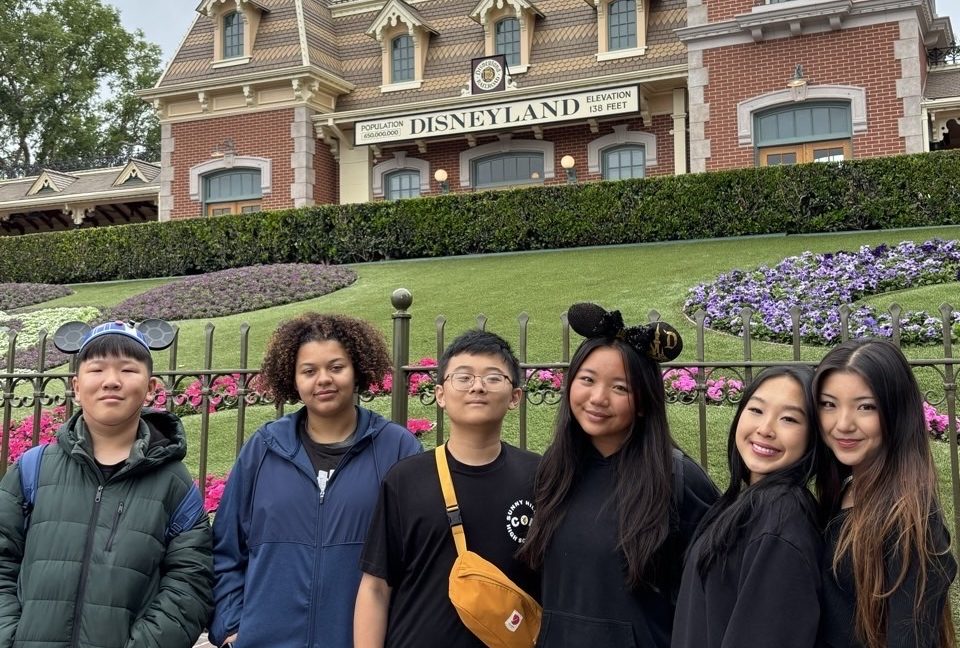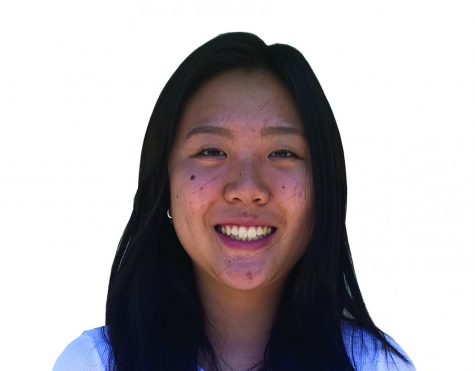As Sunny Hills High School prepares to begin hybrid learning on Nov. 2, students must reconsider whether they will return to the hybrid model (cohorts A and B) or stay at home for continued distance learning (Cohort C).
Much has changed from the COVID-19 situation two months ago to now, and as I listened to various teachers comment on our coming shift to hybrid learning, I’ve noticed more students switching to Cohort C. Since the administration sent out the original notice to choose a cohort during the summer, more students and their parents — or it could be just the parents — seem to recognize the gravity of this pandemic.
I opted to join Cohort C since the first notice was sent out during the summer to protect myself and my family members when the hybrid model begins.
However, as the school prepares to enter hybrid learning Nov. 2, the end result of returning to campus 100% of the time seems imminent, raising a concern for families with health concerns such as my own.
To notice families’ various health concerns and circumstances and prevent such conflicts, the Fullerton Joint Union High School District [FJUHSD] should follow the neighboring Anaheim Union High School District’s [AUHSD] example in erasing families’ fears of compromising their health from returning to in-person instruction; it is only fair that students and faculty have the choice to prioritize their health or education. Schools should not be forcing them to return to school when it can pose a potential risk to their health.
On the contrary, the AUHSD created an online academy — the Cambridge Virtual Academy — within its district, giving students a chance to transfer to this new distance-learning school that will remain fully online throughout the whole school year regardless if the district decides to reopen.
I first heard about this online academy within the Anaheim districts (both elementary and high school) from my mom, who works as an elementary school teacher for the Anaheim School District. As a 42-year-old immunocompromised leukemia survivor, her biggest concern for the upcoming school year was being in contact with the third- and fourth-graders in her class. Unlike the students, my mom was obligated to return to campus even if the district chose to transition into hybrid learning, and my entire family was concerned about her safety in close proximity with children.
Fortunately, the district accepted her application for an elementary teacher position at the Anaheim Elementary Online Academy in early August, and she’s been teaching from her office space at home since the beginning of the 2020-21 school year.
She often tells me about the relief she feels from not having to worry about contracting any viruses from her students, and our family members have noticed a drastic improvement in her health since she started working from home. When physically working at school, my mom used to often become sick with sinus infections and severe colds — the same infections hitting her harder than for the average adult — but now, I have not seen her ill since quarantine began.
Even if no studies have found young children passing COVID-19 to their teachers, researchers haven’t proved that this could not happen, so staying at home was obviously the safer option. In addition, she is now protected not only from COVID-19, but also various other germs that can cause a multitude of health complications for her.
Within the FJUHSD, I can’t imagine that mine is the only case with an immunocompromised family member, and so many other scenarios could lead to a student — or a teacher — being reluctant to return to school in person. It does not seem fair for the district to overlook various family circumstances and opt to reopen, even if it is only under a hybrid format.
However, I know I was extremely relieved to hear that my mom did not have to return to in-person classes, especially if she were to have to instruct two different groups at once: one in person and the other through Zoom.
In addition to the most blatant safety concern, another underlying issue resides in the construction of “hybrid learning.” The concept of teaching live to two different groups on two different platforms seems extremely taxing physically and mentally.
Teachers would have to divide their attention to both groups at once and make sure their teaching method, volume and setting are all compatible with every student — all while wearing a mask.
To create such a virtual academy, the FJUHSD could divert some funds going toward in-person school to this virtual academy. Since some teachers are going to leave their current school to join this academy, the district can redirect the money that would have been spent on them into this online school rather than replacing the positions of the teacher transferring to the online academy. The district could send out an all-school notice alerting instructors of this opportunity and have them apply for a position.
I expect that these positions are going to fill up quickly since the Anaheim district received so many applications that they could not accept everyone. Even my mom was chosen last minute, only a few days before the school year started.
Since this platform is entirely online, costs for physical constructs such as chairs and desks can be omitted, along with all the amenities that come with physical locations, such as custodial work.
Even though schools will not reopen fully this school year, this decision is inevitable, and the coronavirus will never completely disappear even with a vaccine (such as the flu), so the faculty and student body deserve the right to choose to protect themselves and their families by attending this type of online academy.



